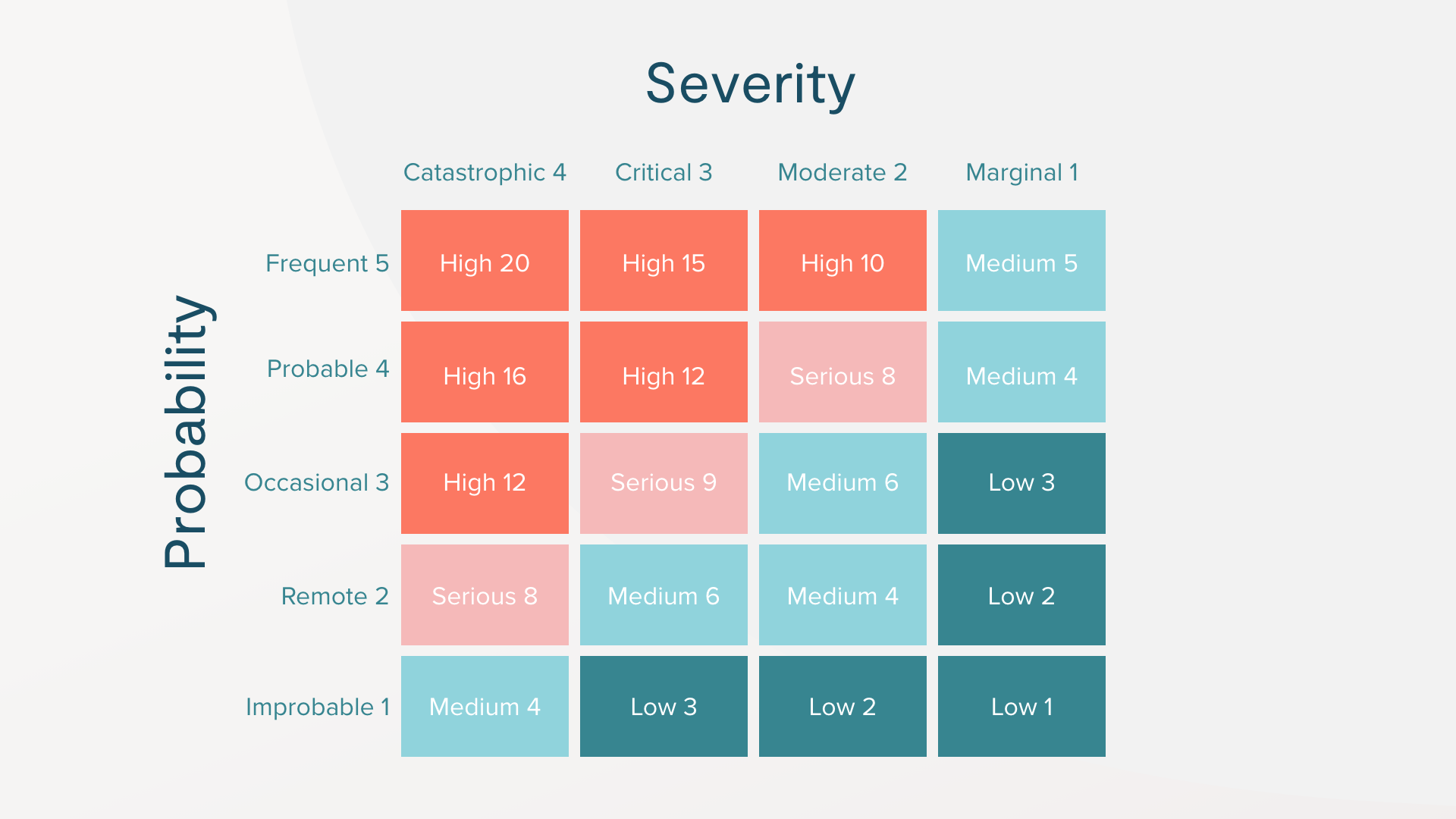Accepting risk
At some point, we are all tasked with leading a project or are entrusted to solve a complex problem or issue. At first, the task may be seen as daunting, you’re not sure where to start, the uncertainty has you second-guessing everything and you may be scared to make a mistake. As a result, completing tasks can be slow as time is wasted pondering the ‘ifs’, ‘buts’ and ‘maybes’.
Mindsets towards Risk
Every day you are making decisions and are taking or not taking risks that you are comfortable with. This is known as your ‘Risk Appetite’
Risk Appetite can be defined as the amount and type of risk that an individual or organisation is willing to take in order to meet their goals or strategic objectives. It’s all about assessing the risks involved, accepting the level of risk you’re willing to take and then taking action.
As an example, ask yourself... would you fly on an aeroplane? For most people, not an issue.
If the answer is yes, now ask yourself...Would you go skydiving? This is where most people would be split through fear of heights, speed etc.
If your answer was yes - for you daredevils - ask yourself...would you jump out of an aeroplane without a parachute into a safety net? What? 99% of individuals would probably say no but the 1% would ask “What for?” or “For how much?”
What about for a Guinness World Record?
(Credit - https://www.youtube.com/watch?v=GaANi96Z-Wg)
Taking risks is all about creating opportunities for growth, rather than waiting for something to happen. Most often, the worst outcome is you remain where you are but the best outcome could outweigh this entirely. This is where you assess the risk vs. reward and it’s important to note that everyone’s interpretation of the ‘reward’ will be different depending on their own “Risk Appetite”.
What’s the worst that could happen?
One tool we use in our Entrepreneurial Thinking course when discussing assessing risks is the ‘Risk Severity Matrix’ as seen below:
(Credit - Image taken from https://bit.ly/2xQZPlA)
The Risk Severity Matrix is used as a guideline for assessing risks based on the probability of an outcome occurring against the severity or impact if that outcome became true.
Take team meetings for example. The probability of these occurring at work is likely ‘3) Occasional’ and the impact to business KPIs may be ‘2) Moderate’ if meetings take place on a busy day. The potential risk involved is “Medium” but a 10-minute meeting with your entire team is much more efficient and will be a short-term impact to KPI’s than having lots of 10-minute meetings with individual team members.
However, if the occurrence of the team meetings changed to 5) Frequent, the impact or severity would move to “Serious” or “High” resulting in a greater impact to KPI’s, meaning the risk involved is much higher, so we would choose to limit team meetings where possible.
This tool can be used both inside and outside of work when making decisions, where you need to calculate the level of risk involved and decide whether you want to move ahead or not. Not only is it important to assess risk at the start of a project, but it is also equally as important to keep assessing the level of risk involved as projects develop.
Taking Calculated Action
Once you have identified the risks and have accepted the potential outcomes, you need to start taking action. Here are some things to get you started:
Draw up a SMART plan - A person with a goal and a written plan is more likely to achieve that goal than someone who has a goal but no plan on how to achieve it.
Implement Marginal Gains - Break your goals down into smaller achievable milestones to give you visibility on overall progress.
The “Snowball” Effect - Start small and build. By completing smaller tasks, you build momentum and increase productivity e.g. decide on the goal, write down the goal, create a plan, create a time frame etc.
Ultimately, deciding whether to take risks is down to the individual. You need to calculate the level of risk involved, weigh this against the potential outcome, decide whether you are comfortable with the level of risk and begin moving towards achieving your goals. The more calculated risks you take, the more opportunities you will create for growth and development. Increasing your ‘Risk Appetite’ is essential to any leader or entrepreneur.
For more information, please follow us on LinkedIn.


